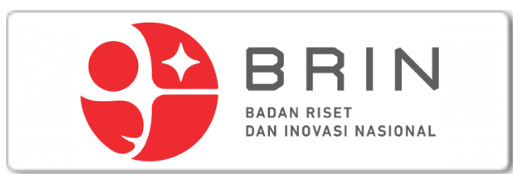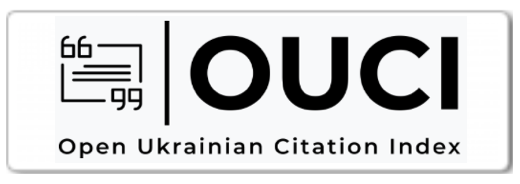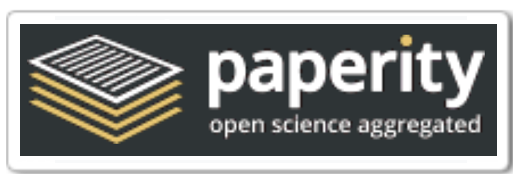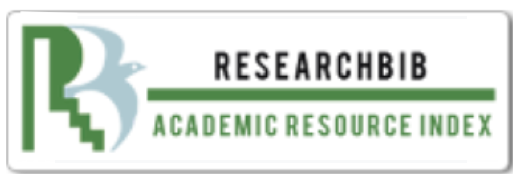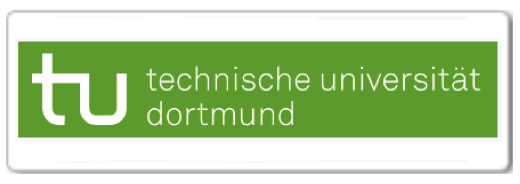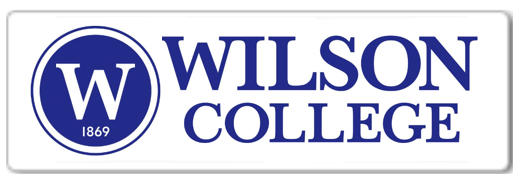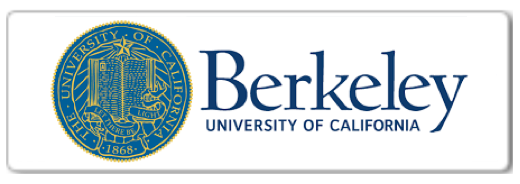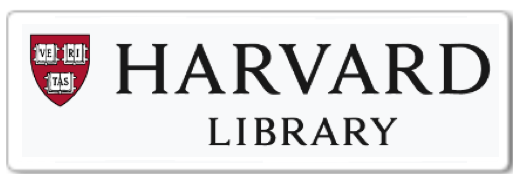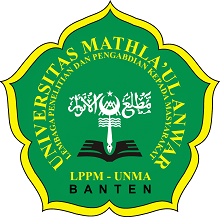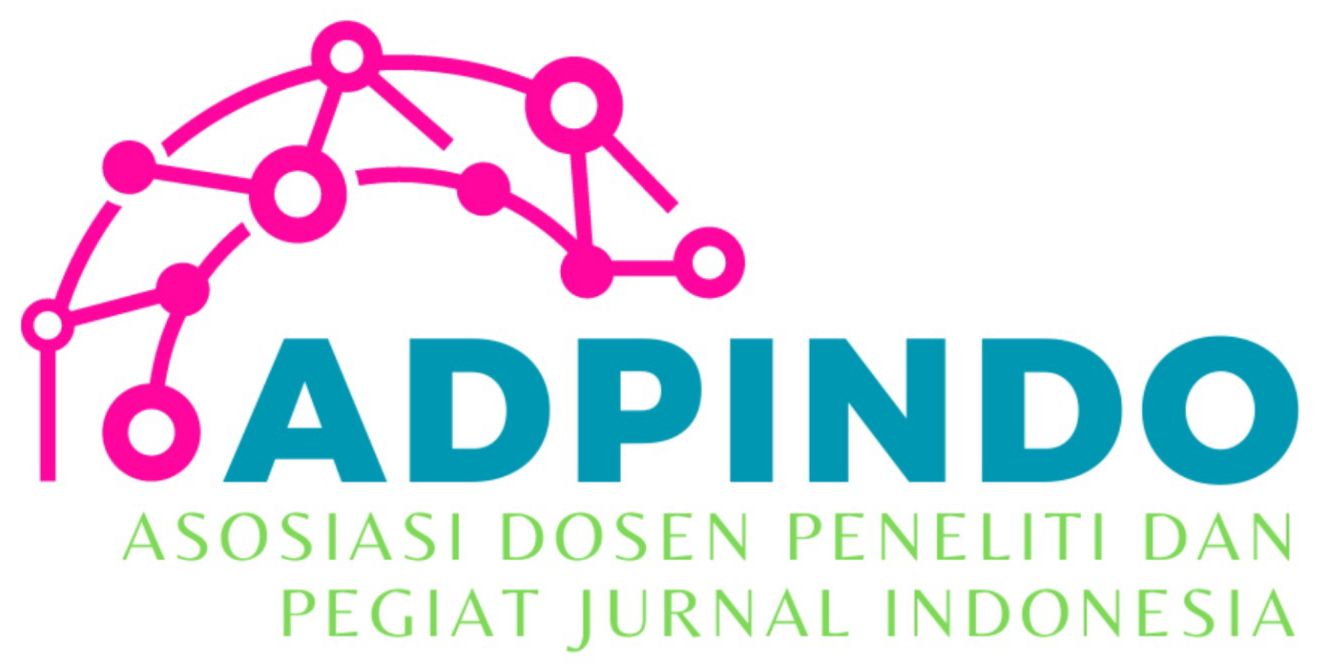THE INFLUENCE OF GREEN INTELLECTUAL CAPITAL ON FINANCIAL PERFORMANCE: THE ROLE OF COMPETITIVE ADVANTAGE AS AN INTERVENING VARIABLE
Main Article Content
Muhammad Sodri Alamsyah
Windu Mulyasari
This study was conducted to examine the influence of Green Intellectual Capital (GIC) which is dimensioned into Green Human Capital (GHC), Green Structural Capital (GSC) and Green Relational Capital (GRC) on financial performance with competitive advantage as an intervening variable. The sample used in this study amounted to 201 data in the 2021-2023 observation year in energy sector companies listed on the Indonesia Stock Exchange as the research population. This study uses a quantitative method with data obtained from the official website of the Indonesia Stock Exchange. The research model uses regression analysis panel data with the best model chosen being the Random Effect Model (REM) and the mediating variable is tested with a sobel test using a sobel test calculator. From the tests carried out, the results of the study show that green human capital and green relational capital have a positive and significant effect on financial performance. Meanwhile, green structuralism has a negative and significant influence on financial performance. The competitive advantage in this study cannot mediate the relationship between green human capital, green structural capital and green relational capital and financial performance.
Agustina, S., Ruhiyat, E., & Sugiyanto, S. (2024). Green intellectual capital, Asset Growth on Stock Return: Role Financial Performance as Intervening. Asean International Journal of Business, 3(1), 36–49. https://doi.org/10.54099/aijb.v3i1.839
Ahmar, N. (2023). Competitive Advantage Based on Green intellectual capital and Green Innovation. Asian Journal of Engineering, Social and Health, 2(11), 1406–1414. https://doi.org/10.46799/ajesh.v2i11.169
Arizqa Setiadi, N., Saraswati, A., & Dwi Astuti, C. (2022). The Effect of Green intellectual capital On Competitive Advantage With Corporate Social Responsibility as A Mediating. Devotion : Journal of Research and Community Service, 3(12), 1110–1121. https://doi.org/10.36418/dev.v3i12.232
Bombiak, E. (2023). Effect of Green intellectual capital Practices on the Competitive Advantage of Companies: Evidence from Polish Companies. Sustainability (Switzerland), 15(5). https://doi.org/10.3390/su15054050
Bukit Asam. (2023). “Diversifikasi Bisnis PTBA Menjadi Perusahaan yang Berkelanjutan”. https://www.ptba.co.id/. Diakses pada Selasa 07 Januari 2025. https://www.ptba.co.id/berita/berita-csr-lingkungan/diversifikasi-bisnis-ptba-menjadi-perusahaan-yang-berkelanjutan-1677
Chen, Y. S. (2008). The positive effect of green intellectual capital on competitive advantages of firms. Journal of Business Ethics, 77(3), 271–286. https://doi.org/10.1007/s10551-006-9349-1
Ghofur, M., Nofryanti, & Iin Rosini. (2024). Analysis Of The Effect Of Diversification And Intellectual Capital On Corporate Financial Performance With Good Corporate Governance As A Moderator. IJAMESC, 2(06), 243–255. https://doi.org/10.61990/ijamesc.v2i6.351
Hermawan, S., Tawfeeq, T., Alabdullah, Y., Sriyono, S., Sudarso, S., Utomo, P., Hermawan, S., Tawfeeq, T., Alabdullah, Y., & Sriyono, S. (2024). Green perspective on intellectual capital , corporate social responsibility , and competitive advantage : The role of firm performance. https://doi.org/10.21511/ee.15(1).2024.08
Hidayah, N., & Putriana, A. (2023). The Effect Of Good Corporate Governance On Financial Performance And Its Impact On Competitive Advantage (Empirical Study of Property and Real Estate Subsector Companies Listed on the IDX for the 2017 – 2020 period). International Journal Of Environmental Sustainibilty And Social Science, 4(1), 54–56. https://doi.org/10.38142/ijesss.v3i3.261
Huang, C. L., & Kung, F. H. (2011). Environmental consciousness and intellectual capital management: Evidence from Taiwan’s manufacturing industry. Management Decision, 49(9), 1405–1425. https://doi.org/10.1108/00251741111173916
Idrus, M. I., & Hilalia, N. (2023). Green intellectual capital and Financial Performance Moderated Islamic Business Ethics (Vol. 2023). Atlantis Press SARL. https://doi.org/10.2991/978-2-38476-202-6_98
Jatmiko, H. (2022). Rekam Jejak Kasus Pertambangan di Indonesia. www.walhi.or.id/uploads/buku/Rekam Jejak Kasus Pertambangan.pdf
Lastanti, H. S., & Augustine, Y. (2022). the Strength of Good Corporate Governance in Moderating the Effects of Green intellectual capital on Green Competitive Advantage and Firm Performance. Jurnal Akuntansi Trisakti, 9(1), 85–98. https://doi.org/10.25105/jat.v9i1.13353
Mulyasari, W., & Murwaningsari, E. (2019). Intellectual Capital, Competitive Advantage, Financial Performance and Company Value Among Banking Industries in Indonesia. Advances in Social Sciences Research Journal, 6(4), 78–89. https://doi.org/10.14738/assrj.64.6419
Novitasari, M., & Agustia, D. (2023). Competitive advantage as a mediating effect in the impact of green innovation and firm performance. Business: Theory and Practice, 24(1), 216–226. https://doi.org/10.3846/btp.2023.15865
Nurhayati, E., Arifin, B., & Mulyasari, W. (2019). Pengaruh Intellectual Capital Terhadap Kinerja Keuangan Di Industri Perbankan Yang Terdaftar Di Bursa Efek Indonesia Dengan Competitive Advantage Sebagai Variabel Intervening. Tirtayasa Ekonomika, 14(1), 1. https://doi.org/10.35448/jte.v14i1.5424
Renaldo, N., & Augustine, Y. (2022). The Effect of Green Supply Chain Management, Green intellectual capital, and Green Information System on Environmental Performance and Financial Performance. Archives of Business Research, 10(10), 53–77. https://doi.org/10.14738/abr.1010.13254
Sukirman, A. S., & Dianawati, W. (2023). Green intellectual capital and financial performance: The moderate of family ownership. Cogent Business and Management, 10(1). https://doi.org/10.1080/23311975.2023.2200498
Susandya, A. A. P. G. B. A., Kumalasari, P. D., & Manuari, I. A. R. (2019). The Role of Green intellectual capital on Competitive Advantage: Evidence from Balinese Financial Institution. Sriwijaya International Journal of Dynamic Economics and Business, 3(August), 227–242. https://doi.org/10.29259/sijdeb.v3i3.227-242
Tan, K., Siddik, A. B., Sobhani, F. A., Hamayun, M., & Masukujjaman, M. (2022). Do Environmental Strategy and Awareness Improve Firms’ Environmental and Financial Performance? The Role of Competitive Advantage. Sustainability (Switzerland), 14(17). https://doi.org/10.3390/su141710600
Umah, A. (2022). Kronologi Minyak Chevron Tumpah di Laut Dumai Riau. https://www.cnbcindonesia.com/news/20210302075812-4-227073/kronologi-minyak-chevron-tumpah-di-laut-dumai-riau
Wijayanto, A., Suhadak, Dzulkirom, M., & Nuzula, N. F. (2019). the Effect of Competitive Advantage on Financial Performance and Firm Value: Evidence From Indonesian Manufacturing Companies. Russian Journal of Agricultural and Socio-Economic Sciences, 85(1), 35–44. https://doi.org/10.18551/rjoas.2019-01.04
Yasrawan, K. T., Desak Nyoman Sri Werastuti, & Edy Sujana. (2023). Competitive Advantage as A Link Between the Influence of Intellectual Capital and CSR on Financial Performance. Jurnal Ilmiah Akuntansi, 8(1), 1–27. https://doi.org/10.23887/jia.v8i1.46981
















